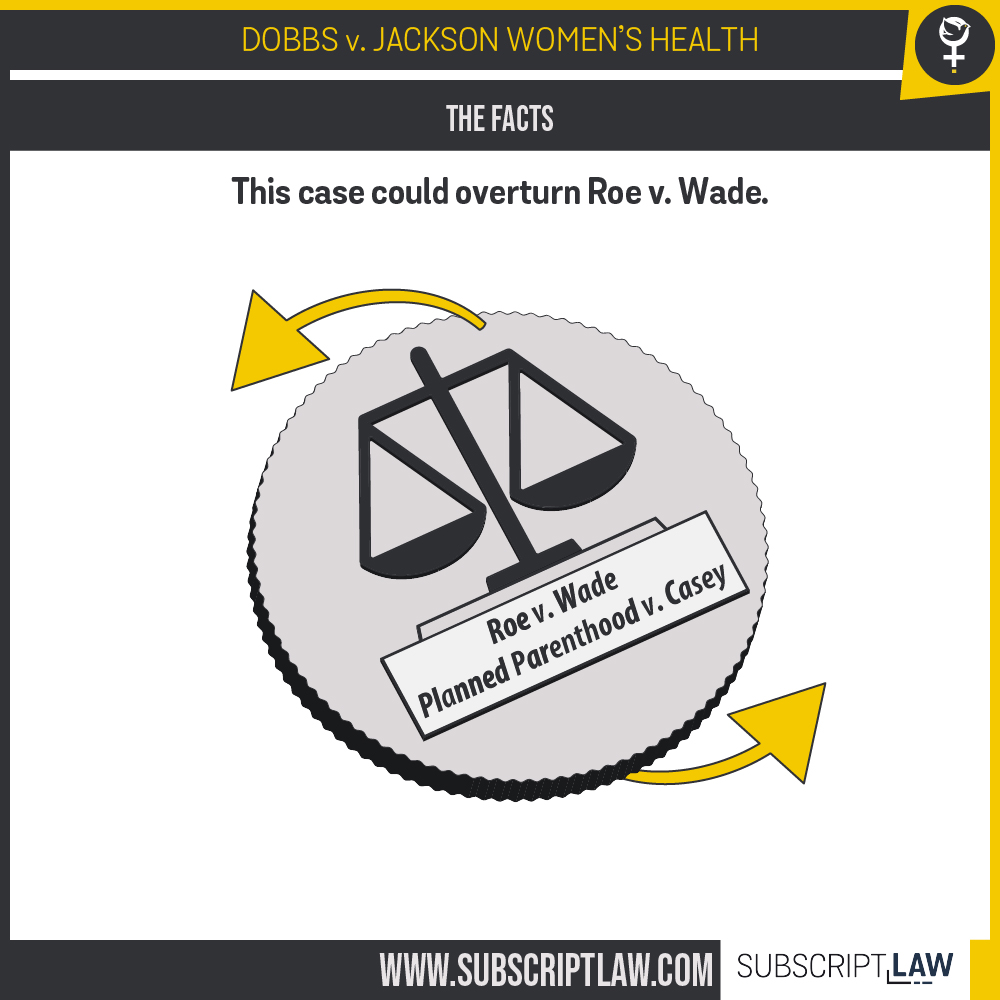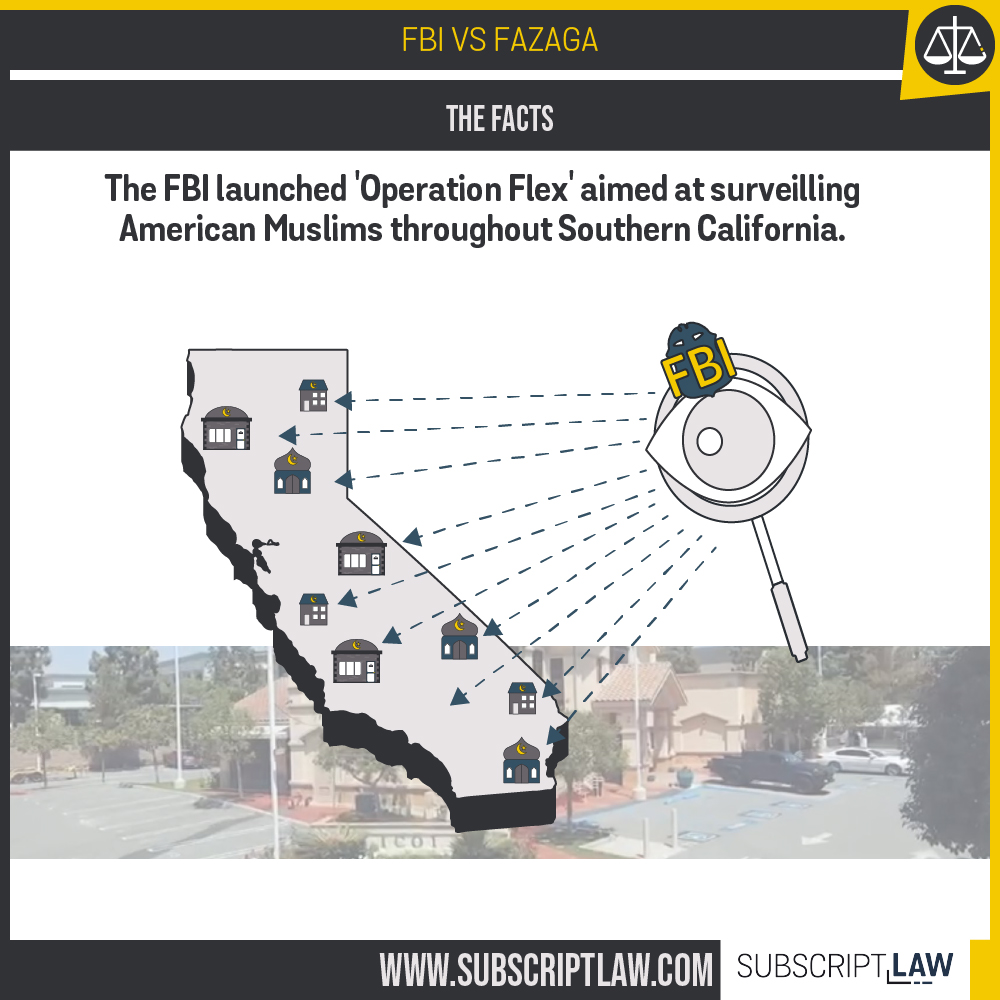Because inclusion is an American value.
The Fair Housing Act came 14 years after the Supreme Court’s landmark Brown v. Board of Education decision. In Brown, the Court ruled racial segregation in public education is unfair. The decision finally recognized that separating people on the basis of their color was causing those segregated to feel inferior, and it was not allowing them a fair chance at educational and economic success.
The years following the decision brought a tumultuous road to including African Americans and other minorities into a world that had for a long time been reserved only to white people. Race-based violence erupted after the decision, as many private and public actors (like states) dragged their feet. Federal forces had to be called-upon to advance the ruling’s desegregation mandate.
Even if schools were becoming inclusive, housing was not.
Although the school desegregation mandate became real, communities were still largely segregated. As a product of the nation’s history (slavery and resistance to emancipation), African Americans had settled in certain areas with less money and opportunity than people in predominately white areas.
The problem of exclusion was highlighted by the issues of the Vietnam War. War deaths fell disproportionately to poor African American or Hispanic infantrymen, yet their families faced unfair treatment at home, being unable to purchase homes in certain areas. Senator Edward Brooke, the first African American to be elected to the Senate by popular vote, shared his similar story, coming home after fighting in World War II and being excluded from residence in certain areas on account of his race.
Only after MLK’s assassination
It was Dr. Martin Luther King Jr.’s assassination – and the riots following it – that gave Congress the final push to pass the Fair Housing Act. President Johnson signed it into law on April 11, 1968.
The Fair Housing Act made housing discrimination illegal.
The Fair Housing Act made it illegal to discriminate in the sale, rental or financing of housing. The law protects against discrimination on the basis of race, color, religion, national origin, sex, familial status and disability (Protected Classes). The original act protected only on the basis of race, color, religion and national origin, and later amendments to the Act added sex (1974), familial status (1988) and disability (1988). Our infographic provides examples of actions the FHA prohibits.
Government enforcement of the Fair Housing Act
Passage of the Fair Housing Act was only the beginning. Even though the law made discrimination in housing illegal, people still didn’t — and even today still don’t — comply. The parties responsible for enforcing the Act haven’t done as much as early activists hoped, in part because the Act did not designate strong enforcement powers, and also because even the authorities resisted.
The FHA granted two government agencies responsibility for enforcing the Act (Housing and Urban Development and the Department of Justice). The DOJ could only sue for large-scale issues (“pattern and practice” and “general public importance”), and HUD was only empowered to review private complaints but without giving complainants an easy route to remedies.
Furthermore, action on the part of the federal agencies depended on the leaders taking action. Nixon, who took office in 1969, pulled back the reins on his HUD Secretary’s attempts to withhold federal funds from communities resisting desegregation. With the FHA’s 1988 amendments, HUD was given stronger enforcement powers, but most of the progress on the fair housing front has been made through private enforcement.
Private enforcement of the Fair Housing Act
The FHA gave private litigants the right to bring suit in federal court if they faced discrimination and suffered harm. A 1988 Yale Law Review article lists the progressive rulings that courts have made as a result of private lawsuits:
[P]rivately-initiated cases have established (1) that the “otherwise make unavailable” provision of section 3604(a) prohibits steering, exclusionary zoning, redlining, and a variety of other discriminatory practices; (2) that housing display advertisements featuring only white models can violate the ban on discriminatory advertising in section 3604(c); (3) that homeowners and real estate firms are liable for the discriminatory acts of their agents and employees; (4) that proof of discriminatory effect, as well as discriminatory purpose, can violate the Act; (5) that a defendant is liable if a prohibited motivation was simply a contributing factor, and not the entire reason, for his behavior; (6) that substantial damages for humiliation and other intangible injuries can be inferred from the mere fact of being discriminated against; and (7) that broad remedial orders may be appropriate in private actions as well as in “pattern or practice” suits brought by the Justice Department.
For case references of each of these rulings, see Robert G. Schwemm, Private Enforcement of the Fair Housing Act, pages 378-379.
Modern segregation in housing
Fast-forward to today. Despite some progressive court rulings, housing segregation is still a major problem for racial minorities. The country’s failure to integrate inhibits minorities’ educational opportunities because property taxes fund local school districts. Minority communities, still with less economic power, end up exposed to more air pollution. And it’s not clear there’s a simple way out.
The Obama administration imposed a greater responsibility on the federal government to affirmatively further fair housing. And the Trump administration is scaling it back.
The FHA may have provided the underpinnings, but there’s still a long road ahead.






